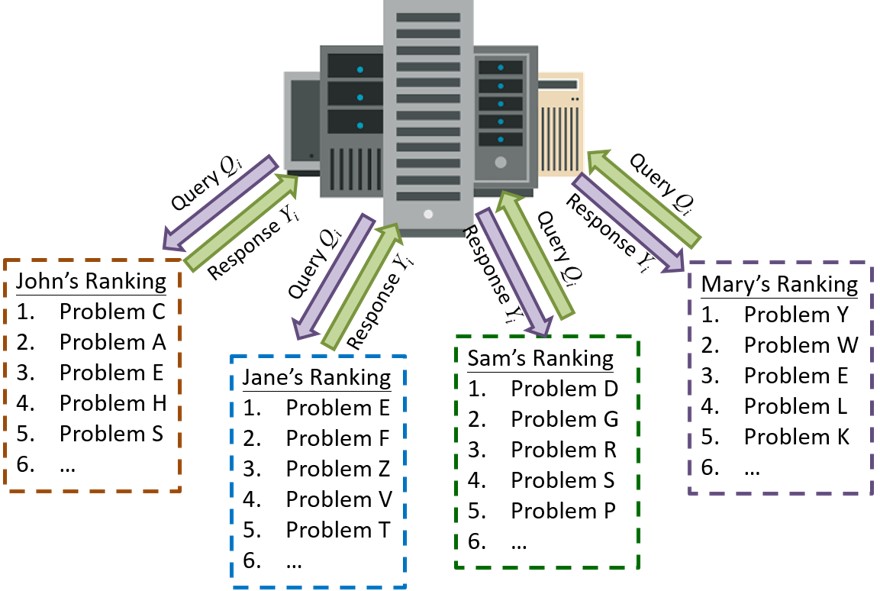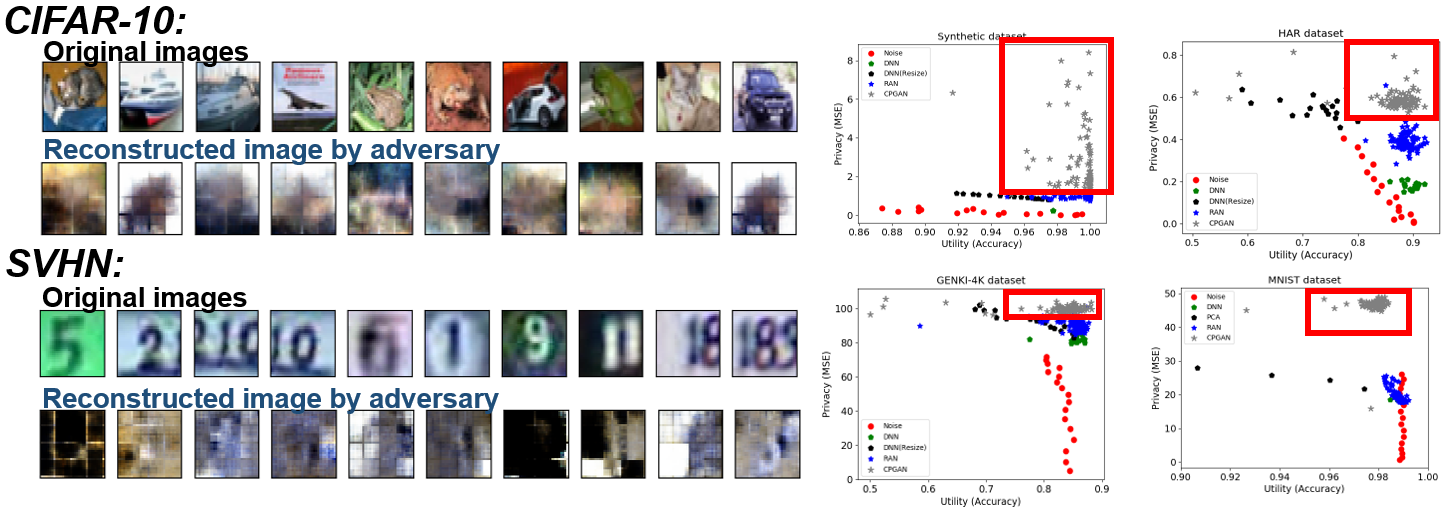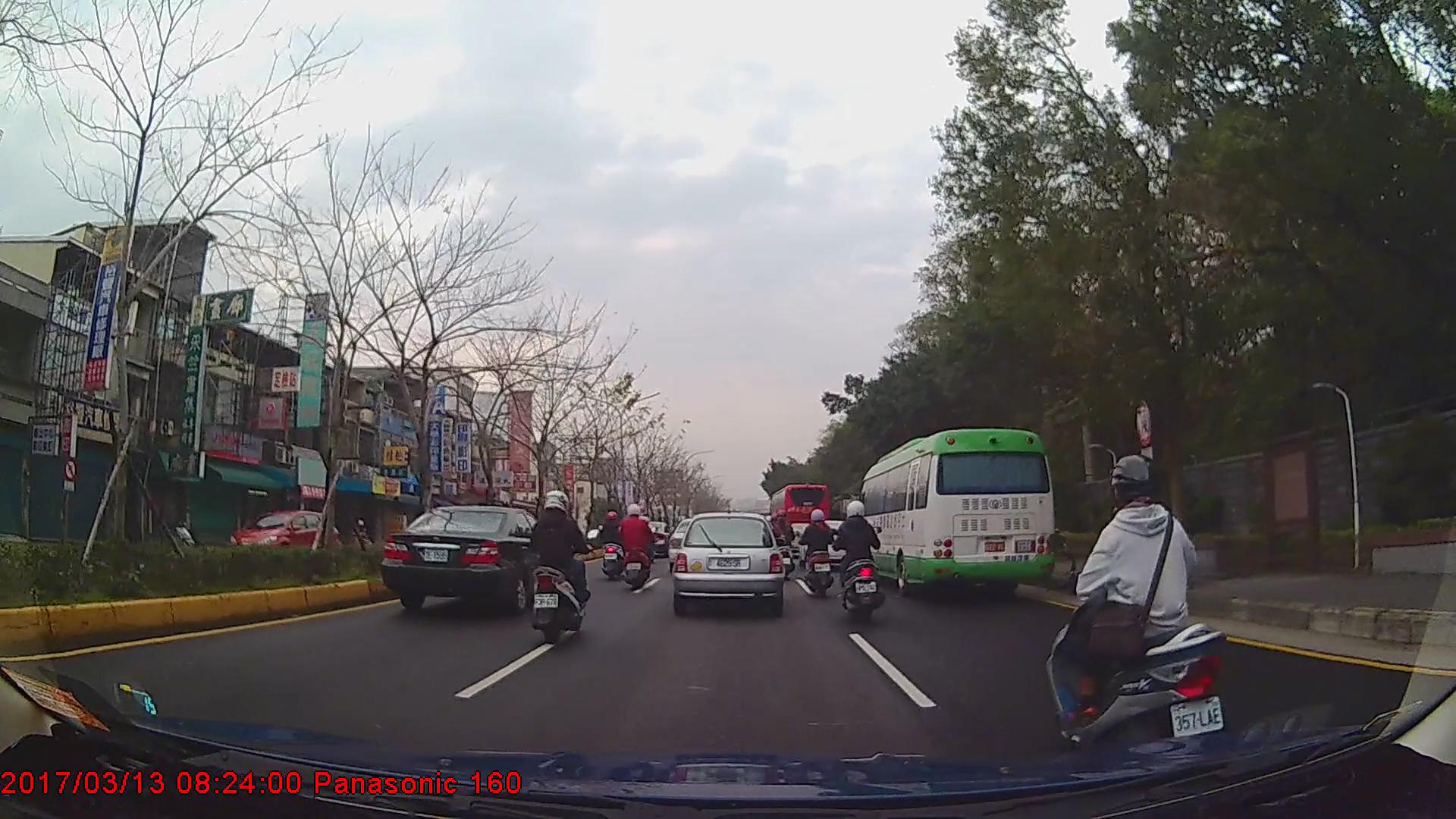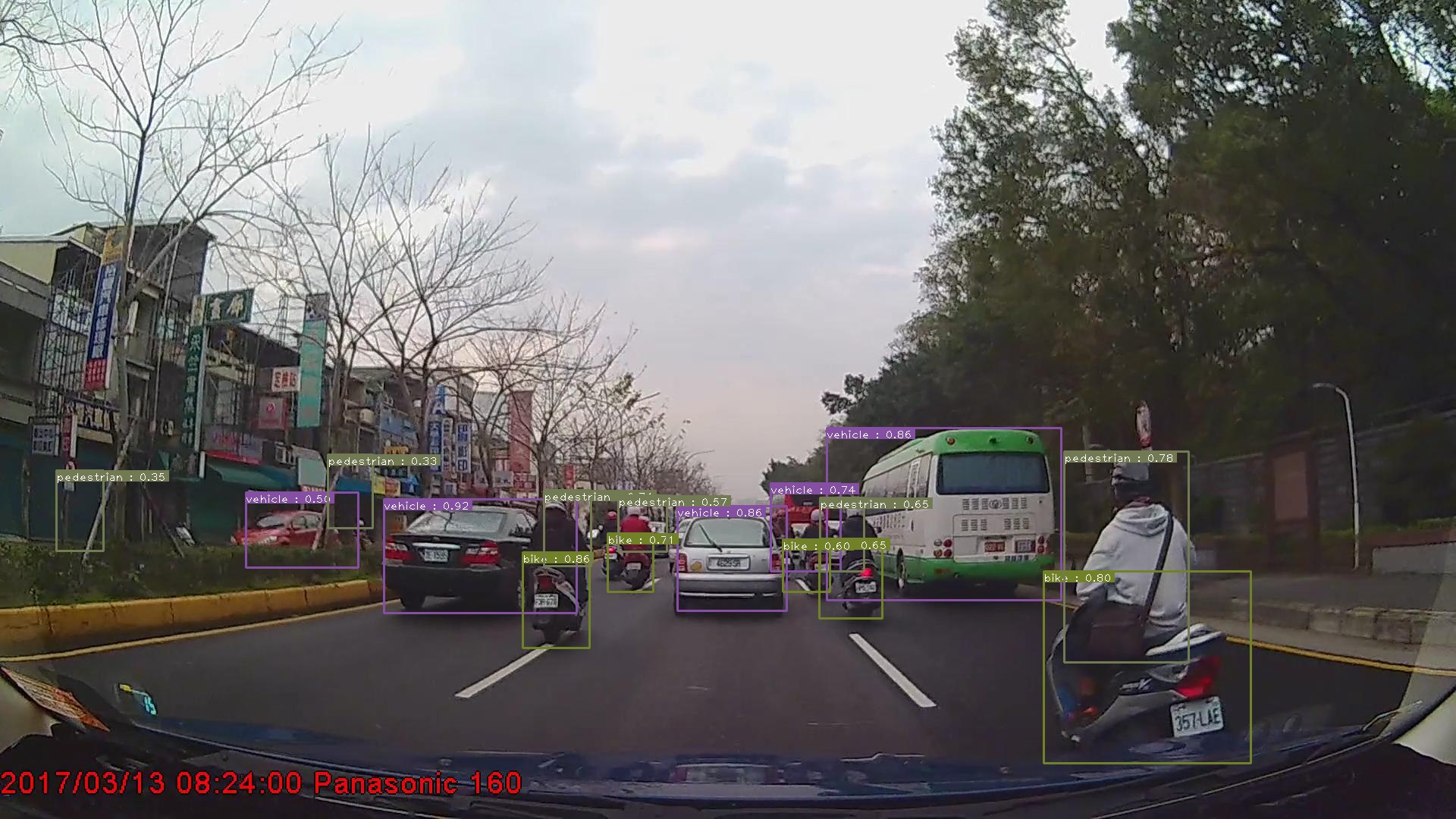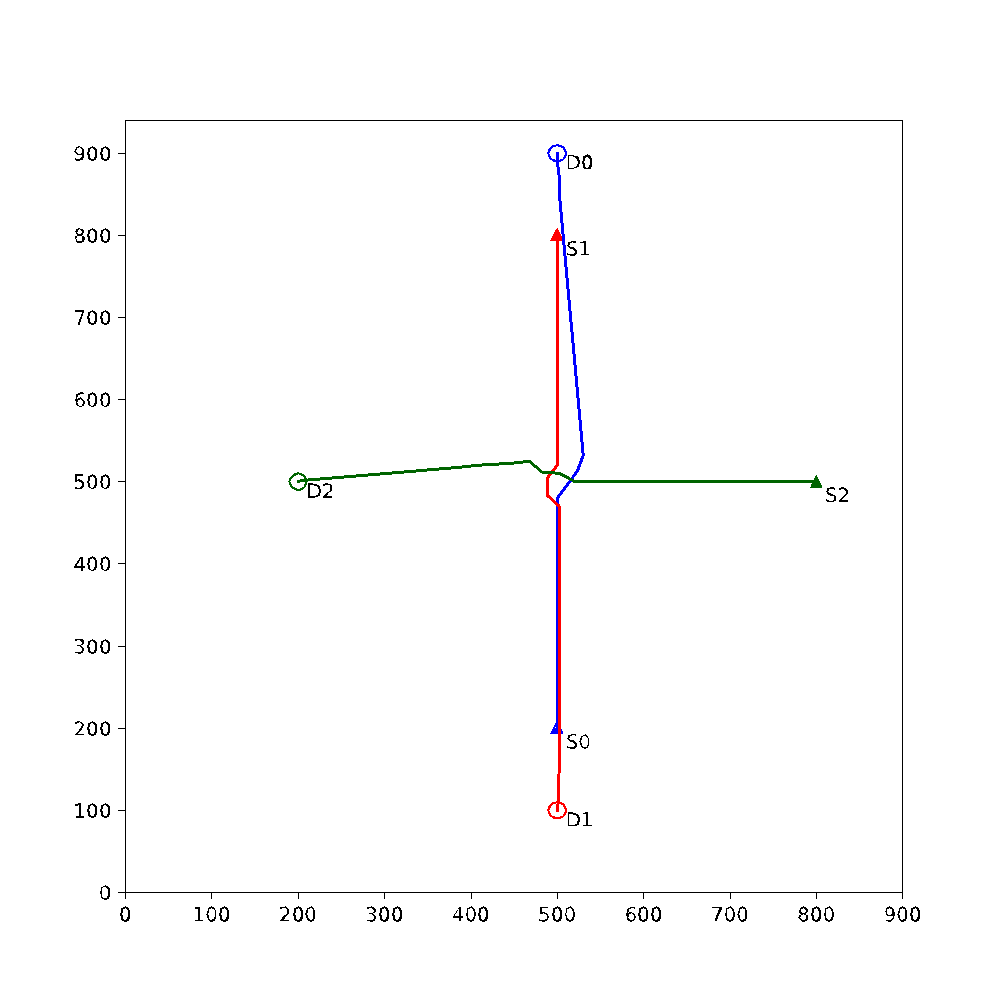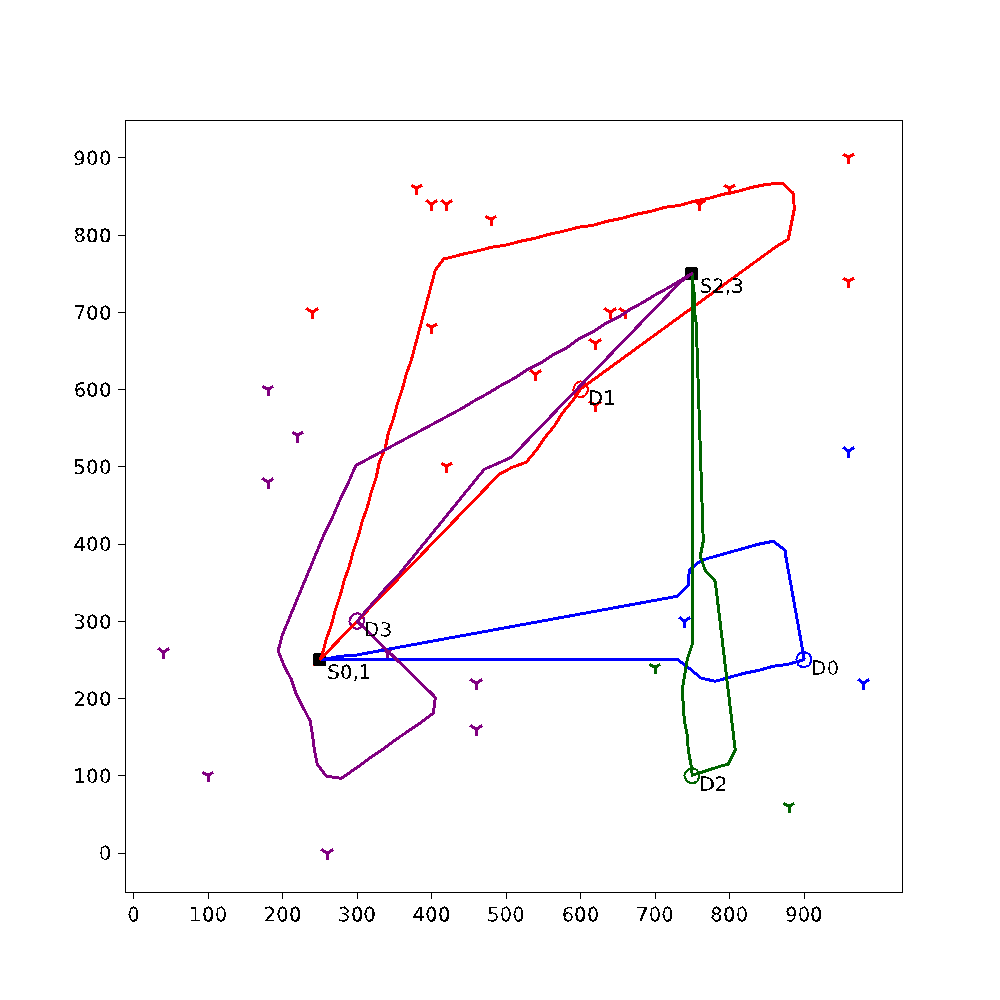▎考量工作者專長之排序融合
Ranking by Pairwise Comparisons with Worker Specialty
►國立清華大學 洪樂文教授 / Prof. Y.-W. Peter Hong, National Tsing-Hua University
群眾外包利用大量的群眾回饋來有效地對大型數據集進行標記。在此研究中,我們假設所標記的物品具有不同的潛在類別,而工作者提供可靠標籤的能力可能取決於他們的專業或對這些類別的熟悉程度。我們首先提出了一個specialty Bradley-Terry-Luce (specialty-BTL)模型,該模型將工作者的專業納入考量來評估成對比較標籤的品質。此外,我們採用一個隱性的特徵模型,其中物品的分數可視為該物品之特徵向量與其潛在類別向量之間的內積。我們提出的 SpecRank演算法採用variational expectation-maximization (EM)演算法來執行物品的排序融合和分群。上述內容將發表於2021年IEEE International Workshop on Machine Learning for Signal Processing (MLSP)。
Crowdsourcing provides an efficient and cost-effective way to label large datasets or acquire human intelligence on large-scale tasks. This work proposes SpecRank, an algorithm for the ranking of objects from pairwise comparisons provided by workers with different specialties in a crowdsourced setting.
We assume that the objects may belong to different latent classes that are unknown to the requester, and the workers’ ability to provide reliable labels may depend on their specialty or familiarity with these classes. We first propose a specialty Bradley-Terry-Luce (specialty-BTL) model that incorporates workers’ specialties in the quality of their pairwise comparison labels. Moreover, we adopt a latent feature model where the scores of objects are modeled as inner products between the latent feature vectors of the objects and their associated classes. By adopting a mixture model on the objects’ class labels, our proposed SpecRank adopts variational expectation maximization (EM) algorithm to perform joint ranking and clustering of the objects.The content above will be presented at IEEE International Workshop on Machine Learning for Signal Processing (MLSP) 2021.
◀此圖顯示了我們所考量的群眾外包情境。在此情境中,我們從許多不同的工作者所取得的物品成對比較結果會受到其不同內部排序的影響。
This figure shows the crowdsourcing setting that we are considering where pairwise comparisons are gathered from workers that may have different internal rankings of objects.
◀此圖說明了所提出的specialty BTL模型的概念。其中,每個物品的分數取決於其特徵向量與其潛在類別之特徵向量的內積。而工作者對於物品類別的回應可靠度,則取決於其特徵向量與相應類別的接近程度。
This figure illustrates the underlying specialty BTL model where the score of each object determines on the inner product of its object feature vector with that of its class feature vector. The reliability of the worker’s response on the class of objects also depends on the closeness of its feature vector with the corresponding class.
此研究歸屬科技部 AI 專案計畫執行成果,詳細資訊請參考附錄之計畫總表第13項
For the name of the project which output this research, please refer to project serial no. 13 on the List of MOST AI projects on Appendix
▎生成對抗壓縮隱私網路
Compressive Privacy Generative Adversarial Network
► 國立臺灣大學 吳沛遠助理教授 / Assistant Prof. Pei-Yuan Wu, National Taiwan University
我們提出生成對抗壓縮隱私網路作為用戶端私有化機制,先將原始資料以非線性壓縮降維至低維度表徵,再將此低維度表徵送上雲端以享受機器學習服務。經此私有化機制擷取之低維度表徵,一方面保有足夠資訊以享受雲端機器學習服務,另一方面將不必要之資訊移除從而達隱私維護目的。此技術已實作至圖像與影片資料,並發表於知名國際期刊,在達到與近年文獻相近之圖像辨識準確率下,使攻擊者難以透過深度學習重建原圖。
We proposed CPGAN (Compressive Privacy Generative Adversarial Network) as a data-driven privatization mechanism that transforms user data to some low-dimension representation before sending to the cloud to enjoy the machine learning service. The privatization mechanism retains information necessary for enjoying the machine learning service on the cloud, while removing irrelevant information for the purpose of privacy protection.
CPGAN has been implemented on image and video data, and published on well-known International journals. We can achieve comparable utility classification performances while rendering the reconstructed images unrecognizable to the adversary. Furthermore, we demonstrated that CPGAN can achieve better utility-privacy tradeoff as compared to other works.
Reference :
- Hung Nguyen, Di Zhuang, Pei-Yuan Wu, Morris Chang, “AutoGAN-based dimension reduction for privacy preservation,” Neurocomputing, vol. 384, 94~103, Apr. 2020
- B. Tseng and P. Wu , “Compressive Privacy Generative Adversarial Network,” IEEE Transactions on Information Forensics and Security, vol. 15, 2499~2513, Jan. 2020
▲圖片呈現CIFAR-10與SVHN資料集的原始圖片,以及經過CPGAN非線性壓縮後攻擊者從事還原攻擊(reconstruction attack)的結果。右圖呈現CPGAN與各方法在效用標籤準確率與還原攻擊均方差值的取捨(tradeoff)。
The figure shows the original images in CIFAR-10 and SVHN datasets, as well as their counterparts after the adversary attempted to reconstruct the original images based on the nonlinearly-compressed data as processed by CPGAN. The right figure compares the tradeoff between the utility accuracy and reconstruction attack mean squared error (MSE).
此研究歸屬科技部 AI 專案計畫執行成果,詳細資訊請參考附錄之計畫總表第 18 項
For the name of the project which output this research, please refer to project serial no. 18 on the List of MOST AI projects on Appendix
▎記憶體運算感知模型設計
IMC aware model design
► 國立陽明交通大學 張添烜教授 / Prof. Tian-Sheuan Chang, National Yang Ming Chiao Tung University
現有AI演算法模型,不考慮記憶體運算的硬體限制,無法有效利用其好處。而且非線性效應會導致效能急遽下降。本技術利用可以靈活更改的DNN模型,提出使模型設計適應IMC硬件約束,模型轉換指南,和模型自動生成方法,以充分利用硬件約束下的硬件優勢,並以演算法補償非線性效應,採用batch normalization free (BN-free) 方法,配合可學習自動補償,可完整去除非理想效應影響,降低電路設計複雜度。此新穎的IMC-aware AI演算法模型,有效提升對硬體誤差之容錯率與設計彈性,並成功以二元電阻式記憶體模型展現正確物件偵測之能力。
Current AI model designs ignore the hardware constraints and nonlinear limitation of in-memory computing and thus fails to full exploit its potential and results in low accuracy.
This work proposes to take advantage of flexibility of DNN models to design an IMC aware model to fit its hardware constraint with model conversion guideline and hardware oriented model generation. The hardware nonlinearity is solved by batch normalization free and learnable compensation to fully eliminate nonlinear effect. This novel IMC aware model design offers high design flexibility and error tolerance, which has been demonstrated with a object detection chip.
▲受非線性變異影響的偵測影像
▲ 經處理後的偵測影像
此研究歸屬科技部 AI 專案計畫執行成果,詳細資訊請參考附錄之計畫總表第 5 項
For the name of the project which output this research, please refer to project serial no. 5 on the List of MOST AI projects on Appendix
▎基於異質比較的分群與排序方法
Joint Clustering and Ranking from Heterogeneous Pairwise Comparisons
►國立臺灣大學 王奕翔副教授 / Associate Prof. I-Hsiang Wang, National Taiwan University
在推薦系統中,系統蒐集各用戶對商品的喜愛程度並進行商品間的比較。本研究探討了如何利用該比較的異質性來同時達到最佳的商品分群與排序。目標是對各類型的商品都有更精準的推薦。本研究找出了完美分群及排序所需要的最低資料量以及異質性,同時提出了一個三步驟的演算法,該演算法在資料量以及異質性足夠的情況下可以達到完美的分群與排序。本研究已成功投稿至國際會議ISIT2021。
Recommendation systems collect preferences of customers. The preferences can be viewed as pairwise comparisons between commodities. The goal of the study is to perform joint clustering and ranking using heterogeneous pairwise comparisons to enhance the precision of recommendation.
In this work, the fundamental limit of number of comparisons and the level of heterogeneity for exact joint clustering and ranking is characterized. Furthermore, a three-step algorithm is developed to perform exact joint clustering and ranking. The work has been published in ISIT 2021.
Reference :
▲ 主要成果一: 完美分群及排序的理論極限
Main result 1: The information limit for joint clustering and ranking problem
▲ 主要成果二: 同時分群及排序演算法
Main result 2: Joint clustering and ranking algorithm
此研究歸屬科技部 AI 專案計畫執行成果,詳細資訊請參考附錄之計畫總表第 16 項
For the name of the project which output this research, please refer to project serial no. 16 on the List of MOST AI projects on Appendix
▎無人機分散式強化學習防撞技術
Distributed Reinforcement Learning-based Collision Avoidance in UAV Communication Networks
►國立陽明交通大學 高榮鴻教授 / Prof. Rung-Hung Gau, National Yang Ming Chiao Tung University
我們考慮無人機在前向路徑可以運送實體物件並在後向路徑可以收集來自地面物聯網裝置的資料。我們提出的創新分散式強化學習方法可以讓每一台訓練過的無人機在事先並不知道其他無人機的存在或是規劃飛行路徑的情況下學會避開碰撞其他的無人機。為了避免維度詛咒,沒有一個網路節點或無人機需要收集整個網路的全盤狀態資料。為了加速強化學習演算法收斂,我們使用組合最佳化及凸最佳化來替每一台無人機規劃後向路徑。
We propose a distributed reinforcement learning approach of collision avoidance for unmanned aerial vehicle (UAV) communication networks. In the study, in addition to delivering physical objects in the forward path, a UAV is responsible for collecting data from a variety of terrestrial IoT devices in the backward path. We utilize decentralized reinforcement learning for each UAV to acquire the knowledge of avoiding collisions among UAVs without being aware of the existence or trajectories of other UAVs ahead in time.
To avoid the curse of dimensionality, in the proposed approach, no node in the network has to collect global network information. To significantly speed up convergence of reinforcement learning, for each UAV, we use combinatorial and convex optimization theory to plan an appropriate backward path that guarantees data collection. Large-scale simulation results indicate that the proposed distributed reinforcement learning approach is superior to a number of alternative approaches.
Reference :
- Yu-Hsin Hsu and Rung-Hung Gau, “Reinforcement Learning-based Collision Avoidance and Optimal Trajectory Planning in UAV Communication Networks,” accepted to appear in the IEEE Transactions on Mobile Computing. (Date of Publication in IEEE Xplore: June 19, 2020)
https://reurl.cc/KAmkAn
三台無人機自主避撞路徑
四台無人機自主避撞與資料收集路徑
◀我們提出的創新分散式強化學習方法可以讓每一台訓練過的無人機在事先並不知道其他無人機的存在或是規劃飛行路徑的情況下學會避開碰撞其他的無人機。為了避免維度詛咒,沒有一個網路節點或無人機需要收集整個網路的全盤狀態資料。為了加速強化學習演算法收斂,我們使用組合最佳化及凸最佳化來替每一台無人機規劃後向路徑。我們的研究成果是文獻上第一個使用分散式強化學習及路徑規劃來讓無人機達到自主避撞、在前向路徑可以運送實體物件,並在後向路徑可以收集來自地面物聯網裝置的資料。
We put forward a novel approach of decentralized reinforcement learning for each UAV to acquire the knowledge of avoiding collisions among UAVs without being aware of the existence or trajectories of other UAVs in advance. To stay away from the curse of dimensionality, in the proposed approach, no node in the network has to collect global network information. To significantly speed up convergence of reinforcement learning, for each UAV, we use combinatorial and convex optimization theory to plan an appropriate backward path that guarantees data collection. Our work is the first in the literature that uses decentralized reinforcement learning with optimization-based trajectory planning for UAV collision avoidance and takes into account delivering physical objects in the forward path as well as collecting data from terrestrial IoT devices in the backward path.
此研究歸屬科技部 AI 專案計畫執行成果,詳細資訊請參考附錄之計畫總表第 17 項
For the name of the project which output this research, please refer to project serial no. 17 on the List of MOST AI projects on Appendix



